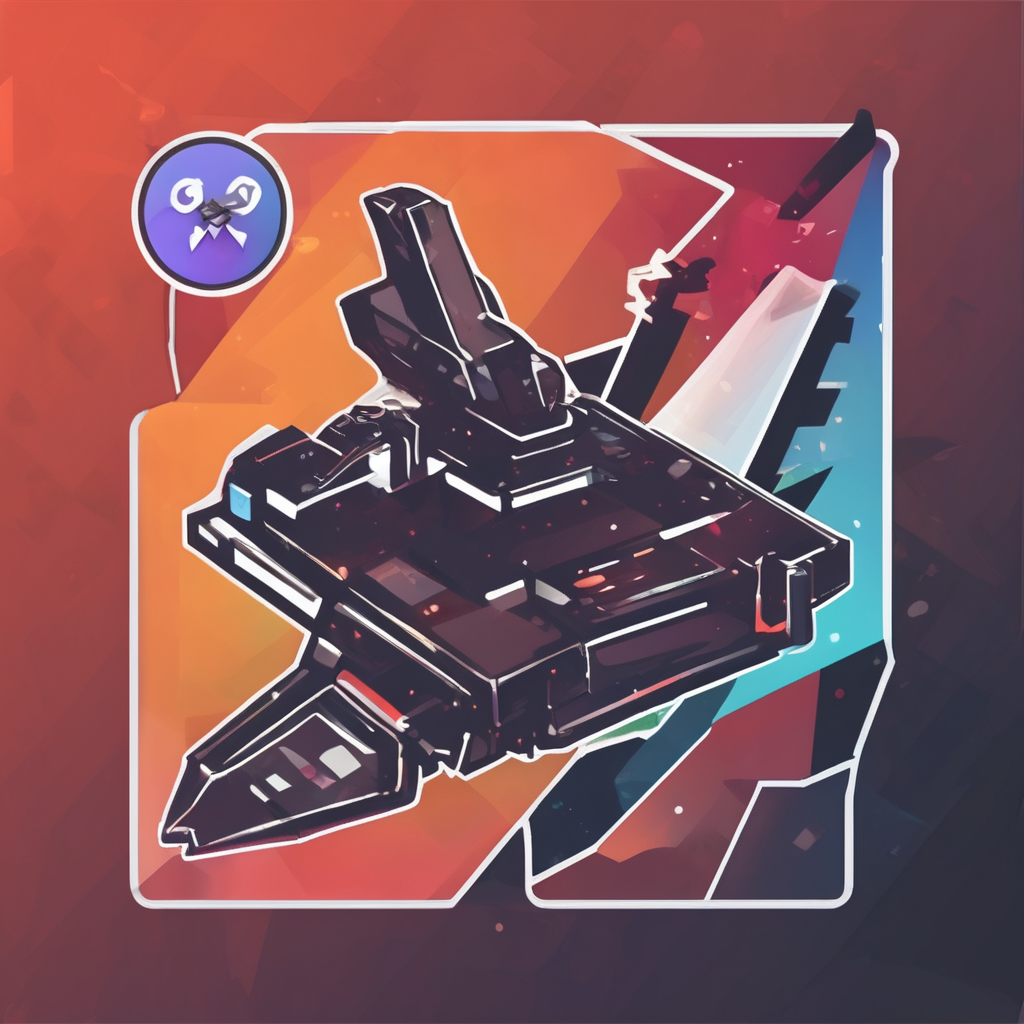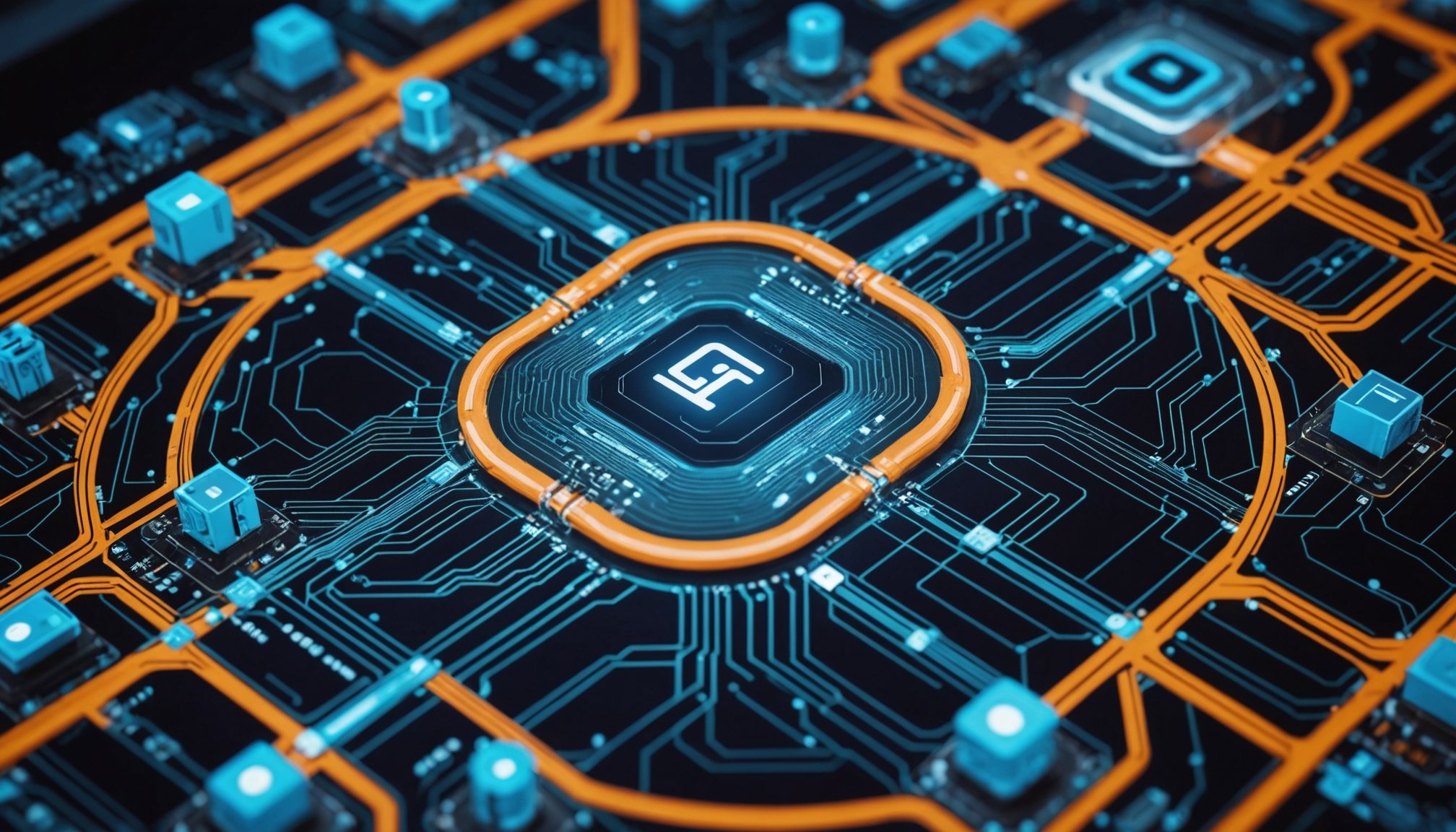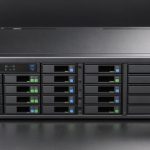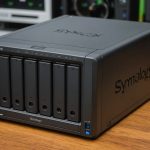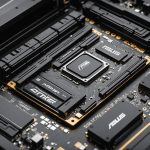Introduction to AI Performance in IoT Networks
The integration of AI in IoT networks is revolutionizing how devices communicate and perform. AI enhances the efficiency of IoT systems by allowing devices to process data locally, thus minimizing latency and bandwidth use. This is crucial for high-performance network applications where speed and efficiency are key.
The relationship between AI performance and IoT efficiency is deeply interconnected. Efficient AI algorithms ensure that IoT devices operate seamlessly, providing real-time data processing and decision-making capabilities. This leads to smarter homes, more responsive urban infrastructure, and optimized industrial systems. As AI algorithms become more stringent and advanced, they directly influence the efficiency strategies of IoT networks.
Also to discover : Explore tailored notion templates for enhanced productivity
However, optimizing AI for IoT networks is not without its challenges. Current trends focus on developing energy-efficient AI models to resolve the limited power resources typical of IoT devices. Moreover, there’s a significant push towards enhancing security and privacy as data travels across these networks, as privacy remains a major concern for users.
In summary, the significance of AI in IoT networks cannot be overstated; it’s both a driving force for advancement and a subject of ongoing research and development.
In the same genre : Elevating ai performance: proven techniques to optimize autonomous drone technology
Data Management Techniques
Delving into the sphere of data management is crucial when handling IoT data. With the growing number of connected devices, robust data collection and storage solutions are essential. In IoT networks, where data generation is constant, implementing efficient storage methods can significantly reduce potential data loss.
Data optimization techniques play a pivotal role in streamlining information flow. A prominent method is data preprocessing, which involves cleaning and organizing raw data to improve AI accuracy. This step ensures that AI-enabled systems can process and analyze data rapidly and efficiently.
Managing large volumes of IoT data sustainably is another challenge that demands innovative strategies. One approach involves using distributed databases that can scale horizontally to accommodate increasing data influxes. This not only optimizes storage but also enhances data retrieval speeds, ensuring seamless access to critical information.
Moreover, employing edge computing can effectively reduce data transfer loads by processing data closer to its source. This strategy minimizes latency and preserves bandwidth, addressing challenges associated with data transmission to centralized cloud servers.
In conclusion, mastering these techniques can transform how IoT data is handled, optimizing both performance and sustainability in data management practices. Confronted with vast datasets, these strategies serve as vital tools to make informed decisions based on reliable, real-time information.
Algorithm Optimization Strategies
Optimizing AI algorithms is pivotal in enhancing performance, particularly in IoT applications. To achieve effective algorithm optimization, several strategies can be implemented. Key methods include refining data pre-processing techniques and leveraging advanced machine learning frameworks like TensorFlow or PyTorch. These tools support comprehensive development and testing, ensuring that the AI algorithms perform efficiently within IoT networks.
Consider a case study of smart home devices: successful algorithm optimization allowed significant energy savings and improved response times. By streamlining AI algorithms, devices adapted in real time to user behaviour, enhancing overall performance while reducing operational costs.
Several tools aid in algorithm optimization. For instance, TensorFlow offers significant support with its library, providing scalable and flexible environments for insights into AI algorithms. Similarly, PyTorch is renowned for its dynamic computation graph, which facilitates dynamic testing and model adjustments, ensuring seamless operation within IoT frameworks.
By optimizing algorithms, IoT applications benefit immensely through increased efficiency and adaptability. These strategies and tools not only enhance the algorithm’s performance but also drive innovation, ensuring reliable and effective IoT solutions. In summary, continuous refinement and adaptation of AI algorithms are essential for achieving the desired outcomes and staying competitive in the ever-evolving IoT sector.
Resource Allocation Best Practices
In the realm of IoT resource management, efficiency is paramount. One effective strategy for optimizing resource allocation in IoT environments is the integration of edge computing. By processing data closer to the source, edge computing reduces latency and bandwidth use, delivering a seamless experience. This approach not only improves response times but also ensures more efficient use of network resources.
When discussing resource allocation in IoT, it’s crucial to consider the use of dynamic allocation models. These models respond to real-time demands, adjusting resource distribution as required. A particularly effective model is the Machine Learning (ML) optimizer, which forecasts resource requirements based on historical data. By anticipating demand, these models allocate resources where they’re needed most, thus enhancing AI performance.
Furthermore, the role of efficiency techniques becomes apparent through load balancing practices. Load balancing distributes workload evenly across servers or devices, preventing over-utilization and bottlenecks. This ensures longevity and stability within the IoT networks.
In conclusion, by leveraging both edge computing and advanced resource allocation models, IoT ecosystems can maintain optimal performance and reliability. As these technologies evolve, the focus on precise, efficient resource management will continue to grow in significance, promising even greater innovations in IoT environments.
Leveraging Tools and Frameworks
When enhancing AI in IoT, selecting the right tools and frameworks is crucial. A plethora of AI tools and IoT frameworks are available, each offering unique benefits tailored to different needs and scenarios.
Popular AI Tools
Some widely recognized AI tools include TensorFlow and PyTorch, known for their robust functionalities in handling complex data sets and machine learning tasks. These platforms offer flexibility and extensive libraries, facilitating rapid innovation in IoT frameworks. However, they require significant computational resources, which could be a limitation for smaller projects.
Performance Frameworks
Performance frameworks, such as Edge Impulse, are optimised for IoT, offering both efficiency and scalability. These tools excel in processing data at the edge, reducing latency and improving response times. Despite their advantages, they may impose restrictions concerning customisation and integration with other ecosystems.
Recommendations
When selecting a tool, consider the performance frameworks best suited to your project’s scale and objectives. Here are a few recommendations:
- Flexibility and Power: Use TensorFlow or PyTorch for comprehensive projects that require extensive customization.
- Efficiency and Speed: Opt for Edge Impulse to ensure efficient data processing within IoT devices.
Balancing the pros and cons of each tool ensures optimised outcomes tailored to your specific needs in AI and IoT development.
Case Studies and Examples
Examining real-world implementations of AI within Internet of Things (IoT) networks can provide invaluable insights. Consider the case of a smart city project that uses AI to optimise traffic flow. By integrating sensors and AI analytics, the system efficiently predicts congestion patterns, allowing authorities to manage traffic in a proactive manner. This exemplifies the successful combination of AI with IoT for enhanced urban mobility.
Within the healthcare sector, IoT devices equipped with AI capabilities have transformed patient monitoring. Devices now continuously monitor vital signs, using AI to detect anomalies and alert healthcare providers. This implementation has notably improved response times and patient outcomes, highlighting the symbiotic relationship between AI and IoT.
Key takeaways include the necessity for robust data collection and analytics infrastructure. A successful IoT implementation relies on comprehensive data streams that AI systems analyse to deliver actionable insights. Common challenges encountered involve ensuring data security and maintaining the reliability of interconnected devices. Solutions often lie in developing stringent security protocols and regular system updates.
Lessons learned highlight the importance of interdisciplinary collaboration in AI-powered IoT projects. Diverse teams from IT, data science, and specific industry sectors must work together to tailor solutions to sector-specific challenges. This approach has consistently led to more innovative and sustainable outcomes.
Future Trends in AI and IoT
As technology continues to evolve, several emerging trends in AI and the Internet of Things (IoT) will shape the future. Anticipated developments in AI trends focus on advanced machine learning algorithms and edge computing, enabling devices to process data locally. This limits the need to send information to centralised systems, increasing efficiency and security.
The IoT future is geared towards comprehensive smart ecosystems, where interconnectivity among devices leads to seamless operation in homes, cities, and industries. For example, smart home assistants will collaborate with IoT-enabled appliances to automate daily tasks, offering users improved convenience.
Advancements in AI are expected to enhance predictive analytics within IoT applications, providing actionable insights in real time. This means devices can better anticipate user needs and make decisions without human intervention, a significant leap in technology evolution.
To thrive in this evolving landscape, businesses and individuals should invest in understanding these technologies. They should focus on integrating AI with the IoT to capitalise on these advancements. Engaging in continuous education and training will equip stakeholders to navigate the complexities of AI and IoT integration, ensuring they are prepared for the future marvels of this technological symbiosis.
